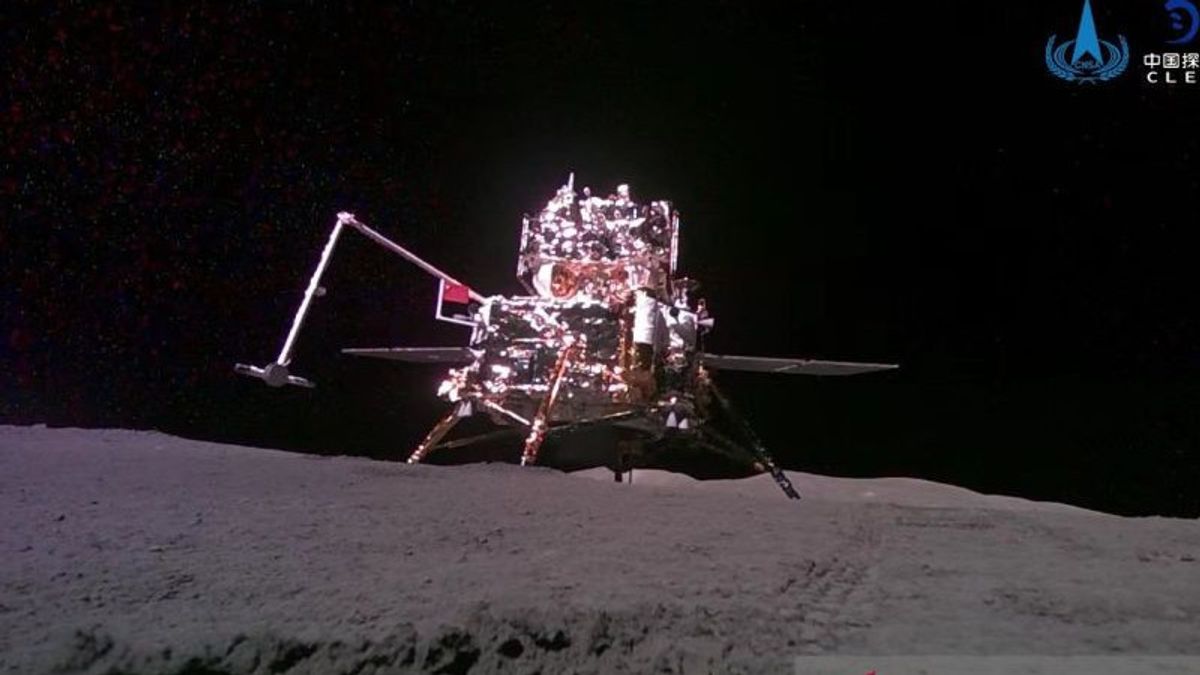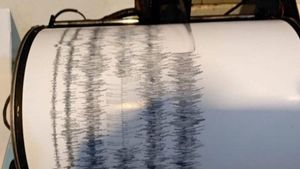JAKARTA - The Chang'e-6 spacecraft of China's National Space Agency completed a mission to collect rock samples from the far side of the moon.
"Chang'e-6 completed the world's first mission to collect samples from the far side of the moon and is on its way home (to Earth). This is a historic step in the peaceful use of space by humanity," said Foreign Ministry spokesman Mao Ning at a press conference in Beijing, China. reported by ANTARA, Thursday, June 6.
The Chang'e 6 mission was launched on May 3, 2024 from Wenchang Space Launch Site, Hainan province to sample the far side of the moon, where humans have never taken any samples with the aim of being able to sustain the history of the Solar System, volcanic activity on the far side of the moon to the geological evolution of the moon.
"We really appreciate the attention and broad recognition received from many countries in the world," added Mao Ning.
Chang'e-6 sampling was carried out in an older part compared to sampling by the United States and the Soviet Union which was previously carried out at a location with a geological age of 3 billion years.
"China is always open to exchange of space information and cooperation with the United States. Both sides form mechanisms such as cooperation groups for science and space, as well as China-US Civil Space Dialogue," said Mao Ning.
At the request of the US, authorized authorities from the US and China formed a mechanism to exchange orbital data from the Mars rides of each country to ensure the success of long-term mission operations.
"However, there are difficulties in China-US space cooperation at the moment because of US domestic laws such as the Wolf Amendment that prevents the exchange of information and dialogue between China and the US space agencies. If the US really wants to encourage information exchange and and space cooperation with China, the US needs to take practical steps to eliminate these barriers," Mao Ning said.
The "Wolf Amendment" implemented from 2011 prohibits US Space Agency (NASA)-funded research in the framework of direct bilateral cooperation with Chinese governments and organizations affiliated with China unless approved by the Federal Bureau of Investigation (FBI) and Congress.
SEE ALSO:
The law comes from a 1999 report that technical information from commercial US satellite manufacturers into China involving satellite launches may have been used to improve China's intercontinental ballistic missile technology, so President Barack Obama at that time began implementing stricter restrictions on technology exchanges with China.
The Chang'e-6 mission, according to the China National Space Agency (CNSA), successfully completed taking samples on the moon on June 6, 2024 at 15:24 from a location called South Pole Aitken Basin, the crater with a diameter of about 2,400 kilometers on the far side of the moon which is the oldest crater (expected to be around 4 billion) as well as the largest crater known to humans on the moon.
The total timing of the Chang'e-6 mission is 53 days from launch. Chang'e-6 is planned to land in the Inner Mongolia region, China.
The English, Chinese, Japanese, Arabic, and French versions are automatically generated by the AI. So there may still be inaccuracies in translating, please always see Indonesian as our main language. (system supported by DigitalSiber.id)

















